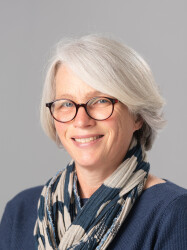BibTex format
@article{Sanz-Pena:2022:10.1097/PXR.0000000000000118,
author = {Sanz-Pena, I and Arachchi, S and Curtis-Woodcock, N and Silva, P and McGregor, A and Newell, N},
doi = {10.1097/PXR.0000000000000118},
journal = {Prosthetics and Orthotics International},
pages = {e374--e382},
title = {Obtaining patient torso geometry for the design of scoliosis braces. A study of the accuracy and repeatability of handheld 3D scanners},
url = {http://dx.doi.org/10.1097/PXR.0000000000000118},
volume = {46},
year = {2022}
}

